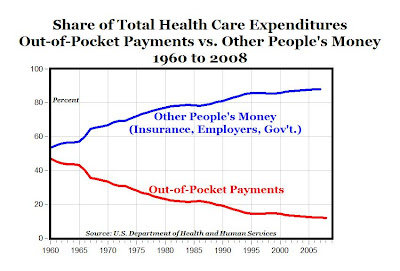Global Shipping Rebound Gains Steam, Leading to Shipping Delays, Some Shortages of Container Ships
 I've had a couple of persistent requests for updates on global shipping trends, so here is a summary of recent news:
I've had a couple of persistent requests for updates on global shipping trends, so here is a summary of recent news:1. Packed Containers Piling Up At Asian Ports Because There's Too Much Demand From West - "Packed containers are piling up at Asian ports as strong demand from the U.S. and Europe causes a lack of supply of ships. Shipping companies had purposefully idled capacity during the economic downturn, then started to bring it back recently. Yet they didn't do it fast enough to keep up with the robust pick-up in demand from the West."
2. Shippers Rattled By Shortage Of Ships Due To Trade Surge - "Here's a breath of fresh air for struggling container ship owners -- U.S. shippers are starting to worry about a shortage of container ships, due to the recent trade rebound on Transpacific routes.
A lot of ships were idled during the economic downturn and this dormant capacity is unlikely to come back online fast enough alongside a surge in shipping activity. It's a tangible sign that the global trade rebound is both real and gaining steam."
3. Rumor: Flood Of Idle Ships Coming Out Of Lay-Up Because They See A Sustained Global Rebound - "Ship owners and managers with a ground-level view of global trade, plus massive skin in the the game of physically shipping goods (bringing a ship out of lay-up is a risky proposition), are starting to regain confidence in the current global rebound. That says a lot more than any pundit or analyst could since when ship owners get it wrong they get murdered (figuratively, usually)."
4. U.S.-Bound Boxes Pile Up in Asia as Lines Avoid Adding Ships - "South Korea’s biggest port, overwhelmed with empty containers a year ago, is now dealing with shipping lines that have more cargo than they can carry. Surging shipments of furniture, electronics and clothes to the U.S. and Europe, coupled with capacity cuts by shipping lines, has caused as much as 15 percent of containers to be delayed in Busan this year, often by more than a week, according to Park Jong Ho, assistant general manager at Busan International Container Terminal Co.
“With the economy recovering, we have been seeing a lot of containers that didn’t make it out on time because there wasn’t enough space on ships,” he said.




























